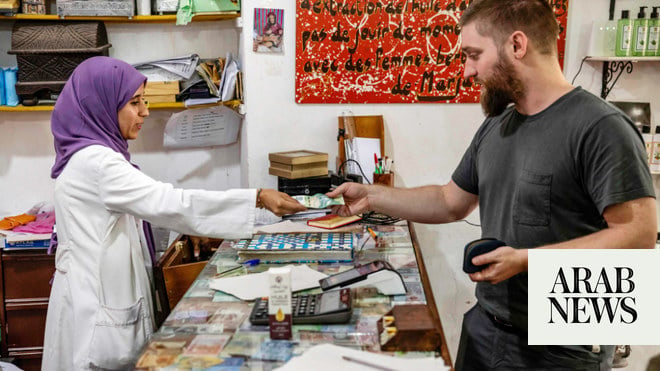
A rare Persian leopard being temporarily held in an Iraqi zoo faces an uncertain future, wildlife specialists fear.
Six weeks ago the male leopard was caught in a trap set by a villager who had recently lost dozens of goats in the mountainous Batifa area of northern Duhok province, in the autonomous Kurdistan region, and had to have its right hind leg amputated.
A vet, Dr Sulaiman Tameer, was called out to help capture the animal, and he said that he had walked with villagers and Kurdish Peshmerga soldiers into the mountains, tracking the leopard after it climbed to a peak, dragging the trap that gripped its leg.
Tameer estimates the leopard had been in the trap for at least 10 days and had lost a lot of blood. The animal fell from the mountain and plunged into a river about 30 metres below. There, dogs surrounded it and Tameer was able to shoot it with a tranquilliser gun.
The trap had broken the bone, torn muscle and tendons, and punctured an artery. It was clear to Tameer that he would need to amputate the lower half of the leopard’s leg immediately.
A specialist team put together through the International Union for Conservation of Nature (IUCN) was asked to help treat the leopard. Dr Hans Nieuwendijk, a Dutch veterinary surgeon, and Dr Iman Memarian, an Iranian wildlife vet, arrived in Duhok later in January. They performed a second surgery to amputate the leg just below the hip joint, improvising an operating theatre in a cage at the zoo.
Dubbed Plinga Batifa (Batifa leopard), the 65kg (10 stone) male is about five or six years old; its expected lifespan is 10-15 years. The animal is recovering well from the surgeries, but can never return to the wild. Missing a hind leg and having lost three of its canine teeth, possibly while being captured, it cannot jump or hunt.
Plinga Batifa now spends most of his time in a 3- by 4-metre dark room, which provides some insulation from the noises and smells of the zoo, and opens into a 120 sq metre (1,300 sq ft) caged area that the leopard ventures into only after dark, when the zoo is closed and the people have gone. The smell of jaguars and tigers in neighbouring cages is also very stressful for the leopard. A recent video of the animal shows it moving around the cage, staying low to the ground.
Experts hope it can quickly be moved to a more suitable location. “The best is to go to a rehabilitation centre, otherwise it will be a captive animal and in a zoo all its life,” said Tameer, but he noted there was no such option in Iraq or its immediate neighbours.
The leopard’s current home is the worst place for it, according to Nieuwendijk. Persian leopards are “very solitary animals”, he explained. They are used to having a range of thousands of miles to themselves, meeting another leopard only once a year, for a single day, to mate.
“It’s very afraid and out of that it’s very, very aggressive,” said Nieuwendijk, noting that the animal is a risk not only to itself in the zoo, but also to people around it. “If the animal stays, I just hope he dies quickly.”
Persian leopards are found only in Turkey, Iran, Iraq, Armenia and the Caucasus mountains and are endangered: there are estimated to be fewer than 1,000 in the wild. Hana Raza, a biologist and founder of a leopard conservation programme in Iraqi Kurdistan, said there are only about 20 to 25 leopards left in Iraq. They range through the oak forests of the mountains, but their habitat is shrinking. The number of leopards in the wild is so small that removing even one individual puts the whole population at risk. “We don’t know what we’re losing right now,” she said.
The region lacks the resources and expertise to breed the leopard as part of species conservation efforts. Raza would like to see the leopard loaned to a European facility where it would be cared for and used in a breeding programme as recommended by the IUCN, but would remain the property of the Kurdistan region, as would any potential offspring. “This would be great for Kurdistan’s reputation,” said Raza.
She is trying to get the local government’s support, but has so far been unable to secure a meeting with the provincial governor. How quickly the leopard can be moved “all depends on how urgently the government treats this”, she said.
The government’s position is to keep the leopard in the country, “under the supervision and care of the veterinary teams and specialists in an appropriate setting”, said Abdulrahman Seediq, head of the Kurdistan regional government’s environment board.












